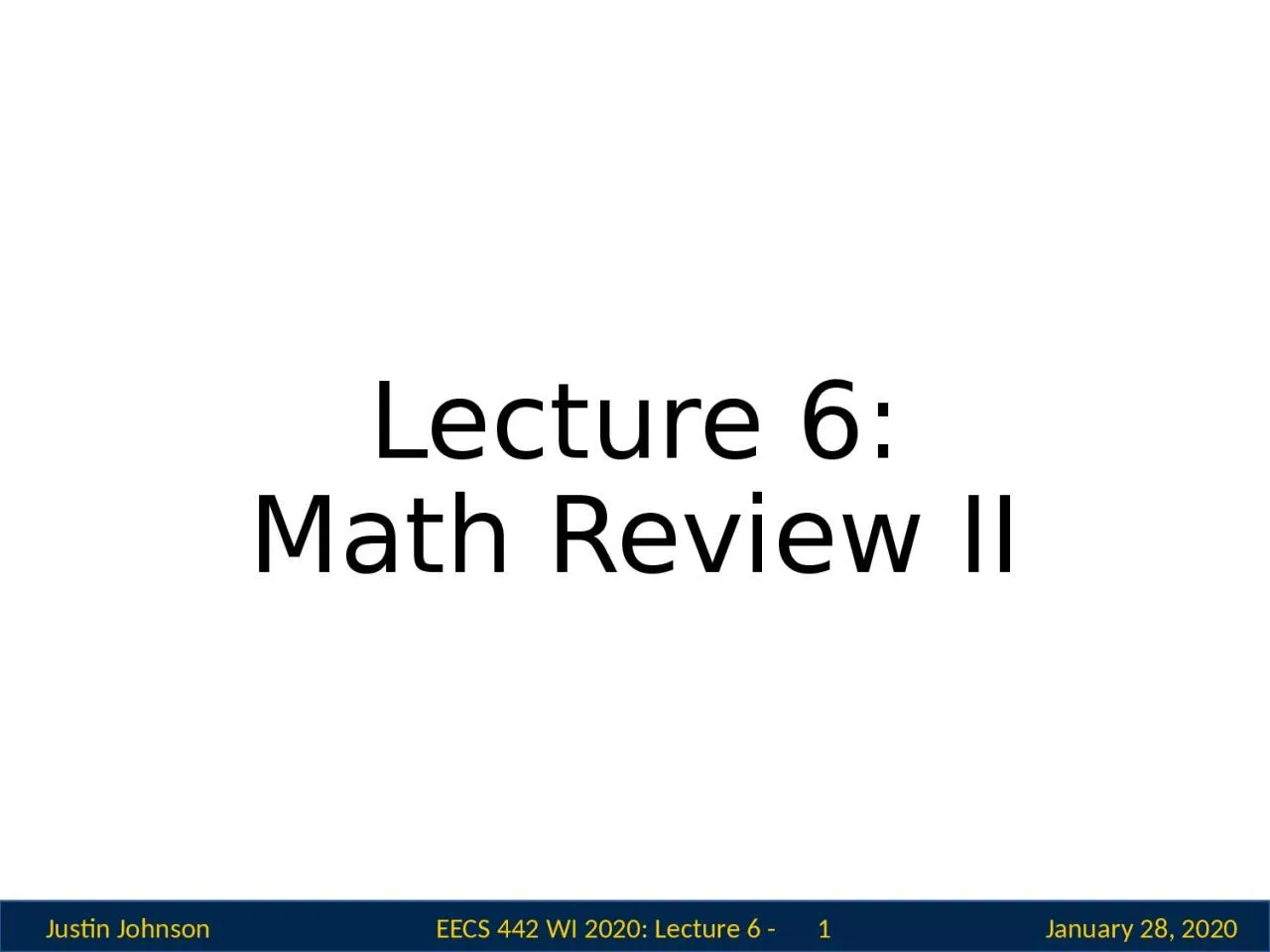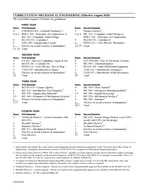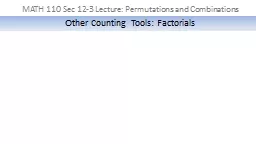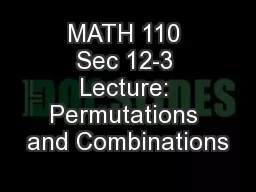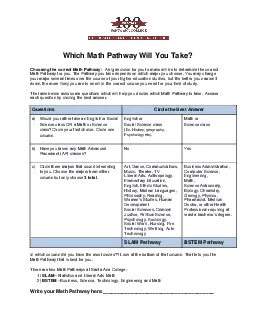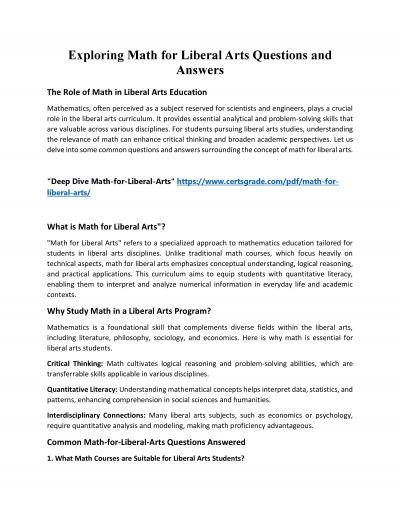PPT-Lecture 6: Math Review II
Author : anderson | Published Date : 2024-02-03
1 Administrative HW0 due tomorrow 129 1159pm HW1 due 1 week from tomorrow 25 1159pm 2 Last Time Floating Point Math 3 S Exponent Fraction 8 bits 2 127 10
Presentation Embed Code
Download Presentation
Download Presentation The PPT/PDF document "Lecture 6: Math Review II" is the property of its rightful owner. Permission is granted to download and print the materials on this website for personal, non-commercial use only, and to display it on your personal computer provided you do not modify the materials and that you retain all copyright notices contained in the materials. By downloading content from our website, you accept the terms of this agreement.
Lecture 6: Math Review II: Transcript
Download Rules Of Document
"Lecture 6: Math Review II"The content belongs to its owner. You may download and print it for personal use, without modification, and keep all copyright notices. By downloading, you agree to these terms.
Related Documents

